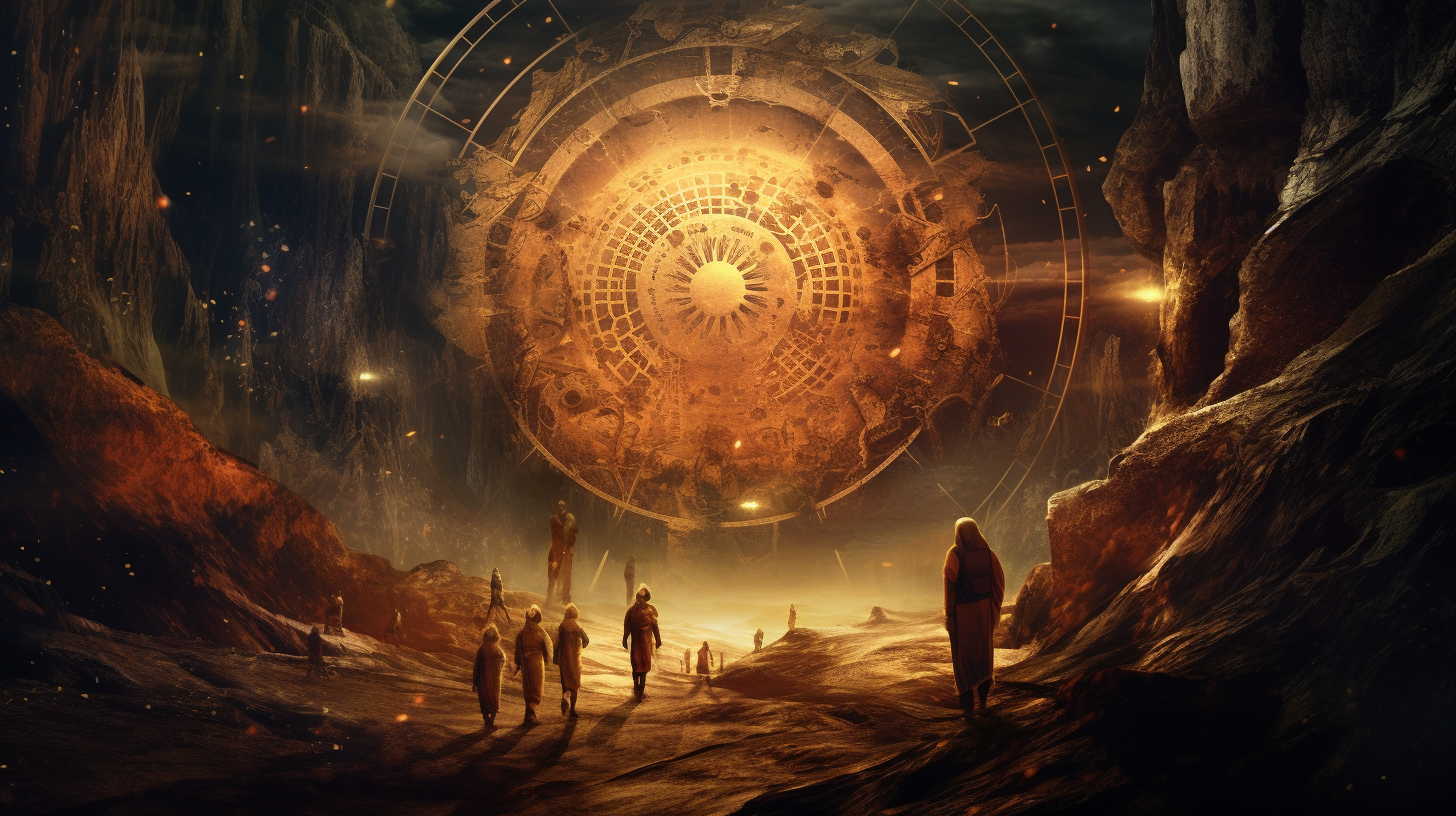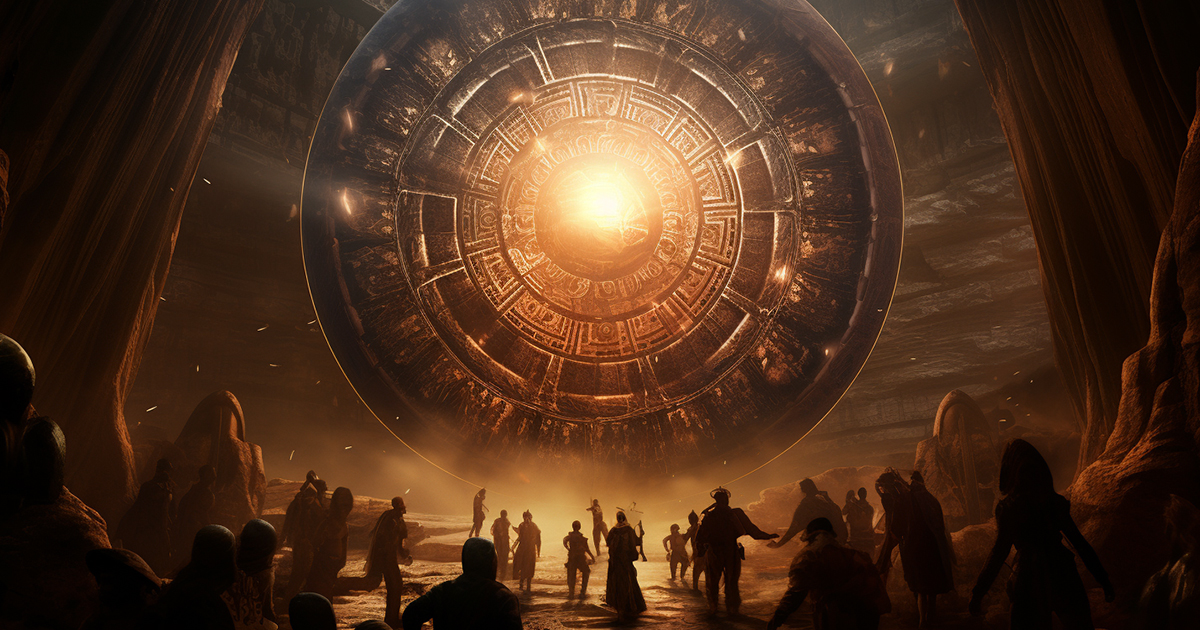Nestled deep in the vast expanse of the dry American Southwest lies a mysterious site that once thrived with a community known as the ancient Anasazi, a group within the Pueblo peoples. The enduring puzzle of New Mexico’s Chaco Canyon adds a captivating chapter to the records of the past.
Inhabiting vast regions that spanned Arizona, Colorado, Utah, and New Mexico, the ancient residents, believed to exceed a population of 100,000, left a lasting legacy.
Their remarkable feats included building sophisticated road networks, many of which converged at Chaco Canyon, a site of great significance.
Showcasing exceptional engineering skills, the Anasazi erected impressive structures like Pueblo Bonito, a multi-story marvel that challenged contemporary norms.
What distinguishes them is their profound connection to celestial phenomena, such as the Pleiades constellation, intricately woven into their society and architecture.
However, the tale takes a haunting turn around the 12th century. Something unexplainable occurred. Construction in Chaco Canyon suddenly ceased, and the once vibrant buildings were sealed off.

The roofs of ceremonial kivas were set on fire. The Anasazi civilization, a symbol of accomplishment, seemingly vanished without a trace, leaving behind a perplexing mystery.
For years, archaeologists have wrestled with this enigma. Various theories suggest that groups of Anasazi migrated to different regions, eventually founding the Pueblos and the Hopis.
Yet, the fate of the core civilization, particularly the astronomers behind the observatories, remains shrouded in mystery. They simply disappeared.
Exploring this puzzle, some ancient astronaut theorists propose that the disappearance conceals a deeper truth, with clues hidden within Chaco Canyon itself.
Among the intriguing discoveries are numerous spirals etched into cliffs, thought by archaeologists to represent the sun. However, some spirals defy easy interpretation, featuring smaller spirals branching out. Could these spirals serve as gateways to alternate dimensions?
The Hopi and Zuni Indians, with rich oral traditions, recount stories of star beings and celestial ancestors who shared wisdom with them. They suggest that spiral petroglyphs symbolize portals, acting as gateways to different dimensions and realms.

Could these spirals unlock the mystery of the Anasazi’s disappearance, indicating their journey to another realm?
Moreover, some theorists ponder whether celestial events could activate and deactivate these portals, blurring the boundaries between science and the supernatural, between what we know as reality and the unexplored.
The term “Anasazi” itself, translating to “stranger from afar” or “strange enemy,” implies an otherworldly element. Is it possible that the Anasazi reside in a different plane, on an alternate timeline, or even on another celestial body?
The vanishing of the Anasazi is not a singular event; throughout history, civilizations like the Mayans have similarly vanished without a clear explanation, hinting at a mysterious pattern beyond our grasp.
Speculations daringly propose that advanced intelligences, potentially extraterrestrial, orchestrate these occurrences, using our planet as a vast experimental ground.
Discover this Video:
As we delve into the ancient enigmas of Chaco Canyon, more questions than answers arise. The enigma of the Anasazi’s disappearance remains a baffling puzzle, defying simple explanations.
This serves as a prompt that our world abounds with untold stories, calling on intrepid explorers to reveal their hidden truths. The mysteries of the past continue to intrigue us, prompting us to embark on a voyage into the unfamiliar, where the line between truth and myth blurs, and where reality may lurk concealed within the shadows of history.
